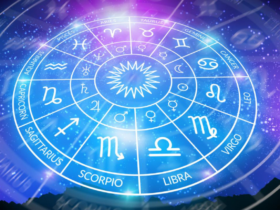Poetry has long been the language of love, offering a medium through which emotions can be vividly and beautifully articulated. Throughout history, poets have employed various forms to express the depths of their affections, from the structured elegance of sonnets to the liberated flow of free verse. Each form brings its own unique qualities to the portrayal of love, showcasing the versatility and richness of poetic expression.
The Sonnet: Classic Elegance and Structured Passion
One of the most revered forms in love poetry is the sonnet. Originating in Italy and popularized by poets such as Petrarch, Shakespeare, and Elizabeth Barrett Browning, the sonnet traditionally consists of 14 lines with a specific rhyme scheme and meter, often iambic pentameter. The rigid structure of the sonnet creates a musical quality and a sense of balance, which can mirror the harmony and intensity of romantic love.
Shakespeare’s sonnets, for instance, explore love’s multifaceted nature with precision and eloquence. In Sonnet 18, “Shall I compare thee to a summer’s day?,” the poet immortalizes his beloved through the enduring nature of verse. The tight formality of the sonnet forces the poet to distill his feelings into a concentrated, powerful expression, often leading to profound insights and timeless beauty.
Free Verse: Unfettered Expression and Modern Sensibility
In contrast, free verse poetry breaks away from traditional forms and constraints, offering poets the freedom to express their emotions in a more fluid and organic manner. This form became prominent in the 20th century, championed by poets like Walt Whitman, Langston Hughes, and Maya Angelou. Free verse allows for varied line lengths, rhythms, and structures, enabling poets to capture the spontaneity and unpredictability of love.

Walt Whitman’s “Song of Myself” exemplifies the expansive, inclusive nature of free verse. His lines flow with the rhythm of natural speech, embracing love in all its forms—romantic, familial, and platonic. The lack of a fixed structure in free verse reflects the boundless and evolving nature of love itself, resonating with modern sensibilities that often reject rigid boundaries.
Related: How Exploring Different Perspectives Deepens Emotional Intimacy
The Interplay of Form and Emotion
The choice between sonnet and free verse is not merely a technical decision but a reflection of how poets perceive and wish to convey love. The sonnet’s constraints can evoke the order and idealization often associated with romantic love, while free verse’s openness can capture the raw, unfiltered experience of emotion. Both forms, in their own ways, highlight the profound connection between form and feeling in poetry.
Ultimately, the beauty of poetry lies in its ability to adapt to the myriad ways humans experience love. Whether through the timeless structure of a sonnet or the liberated cadence of free verse, poets continue to find new and powerful ways to articulate the complexities of the heart. Each form offers a unique lens through which the timeless theme of love can be explored, celebrated, and understood.





















